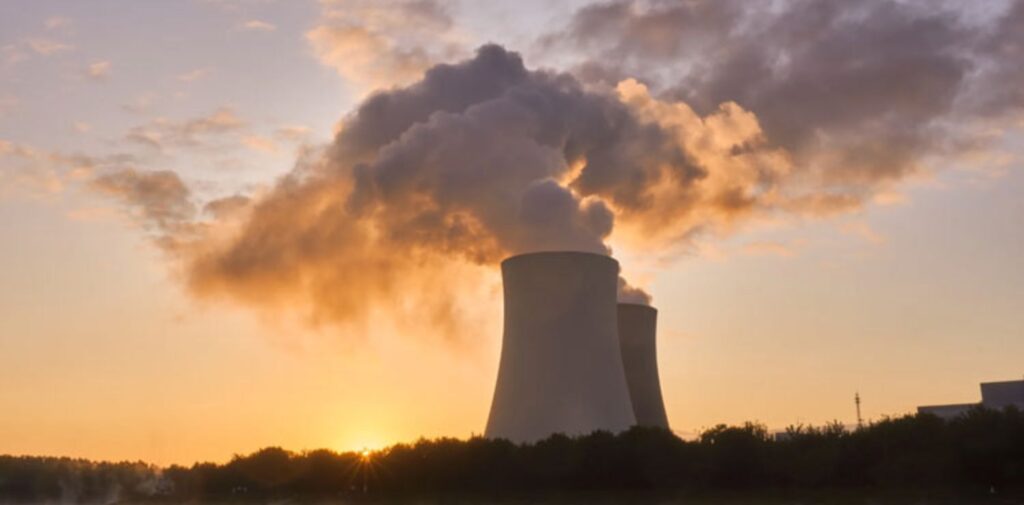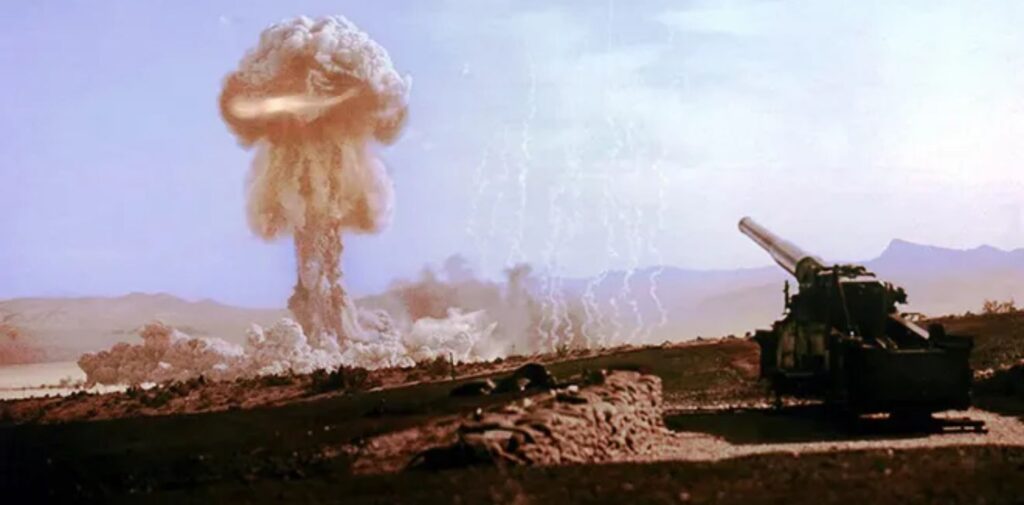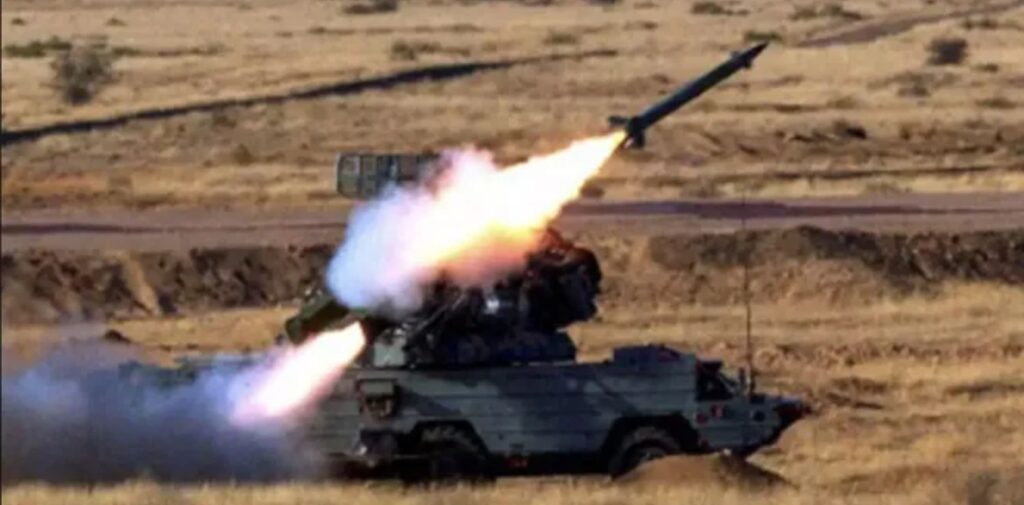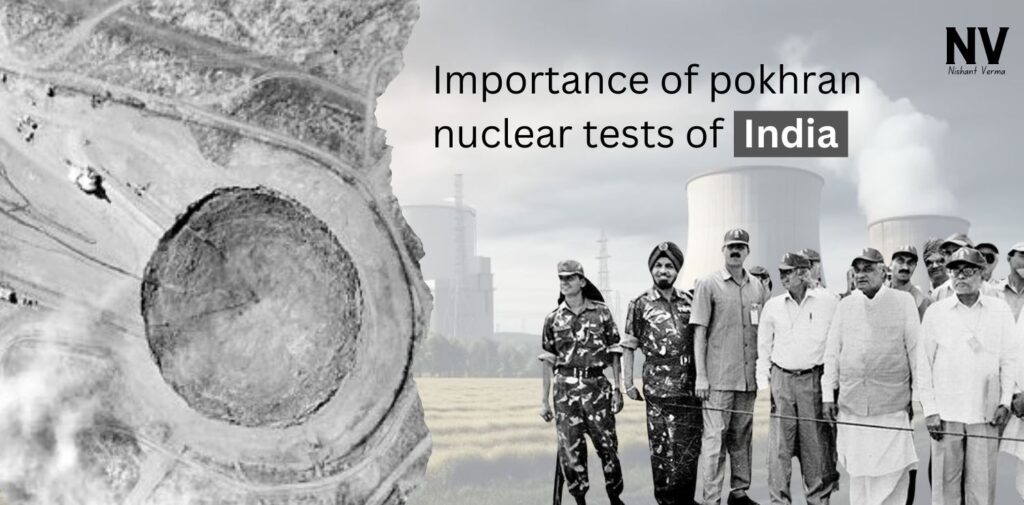India’s path to becoming a nuclear power is a significant chapter in its history, marked by controversy, strategic decisions, and international relations. The Pokhran nuclear tests of 1974 and 1998 played a crucial role in establishing India’s position on the global stage. This article will explore the reasons behind the opposition India faced, especially from the United States, and the secrecy surrounding the Pokhran tests.
Understanding Nuclear Proliferation
Nuclear proliferation refers to the spread of nuclear weapons and technology. After World War II, many countries began developing nuclear weapons, which raised alarms about global security. To manage this issue, the Non-Proliferation Treaty (NPT) was established in 1968. This treaty aimed to prevent the spread of nuclear weapons and promote peaceful uses of nuclear energy. However, India chose not to sign the NPT, which set the stage for tension with many nations, particularly the United States.

The U.S. Opposition to India’s Nuclear Ambitions
- Non-Proliferation Treaty (NPT): The NPT was designed to prevent the spread of nuclear weapons. As a non-signatory, India faced criticism and pressure from countries that supported the treaty. The United States, in particular, viewed India’s nuclear tests as a direct challenge to the NPT’s goals. They feared that India’s nuclear capability could inspire other nations, especially in a volatile region like South Asia.
- Geopolitical Concerns: The U.S. was concerned that India’s nuclear capabilities could lead to an arms race in South Asia, especially with its neighbor, Pakistan. This region had already experienced tensions, and the prospect of both countries having nuclear weapons raised fears of conflict. The U.S. sought to maintain stability in the region and viewed India’s nuclear program as a potential threat to this stability.
- Economic Sanctions: The U.S. government had the power to impose economic sanctions on countries that conducted nuclear tests. This threat loomed over India as it prepared for the Pokhran tests. The Indian government knew that conducting tests openly could lead to significant economic repercussions, which made secrecy a crucial strategy.

The Secretive Nature of the Pokhran Tests
India conducted its first nuclear test, codenamed “Smiling Buddha,” on May 18, 1974, at the Pokhran Test Range in Rajasthan. The decision to keep the tests secret was strategic and multifaceted.
- Remote Location: Pokhran is located in a desert region of Rajasthan, far from major cities. This remote location was ideal for conducting tests without attracting unwanted attention. The isolation helped the Indian government control information and minimize the risk of civilian exposure to radiation, ensuring safety.
- Military Test Range: The Pokhran area was already used as a military test range. This previous use allowed for established security measures and restricted access, making it easier to conduct tests without alerting the international community. The Indian military played a key role in ensuring that the tests remained confidential.
- Avoiding International Condemnation: By keeping the tests under wraps, India aimed to avoid immediate international backlash. The government knew that if the tests were revealed prematurely, it could face severe diplomatic consequences, including sanctions. Therefore, a high level of secrecy was essential to navigate the complex international landscape.
The Outcome of the Tests
The successful test of 1974 marked India as the sixth nation in the world to possess nuclear weapons. It was a point of national pride but also led to increased scrutiny from the international community. In the following years, India continued to develop its nuclear program, leading to a second series of tests in 1998. These tests were also conducted at Pokhran, further solidifying India’s position as a nuclear power.

The Global Response
The international response to India’s nuclear tests was mixed. While many nations, especially in the West, condemned the tests, others recognized India’s right to self-defense. Over time, India managed to build strategic partnerships with several countries, including the United States, leading to a shift in attitudes toward its nuclear program.
- Sanctions and Consequences: Following the 1974 tests, the U.S. and other countries imposed sanctions on India, affecting its economy and technology imports. However, India continued to develop its nuclear program, leading to a gradual easing of sanctions in the years that followed.
- Changing Dynamics: The end of the Cold War and shifting geopolitical alliances eventually led to a more favorable view of India’s nuclear capabilities. The U.S., recognizing India’s strategic importance, began to engage more positively, culminating in the U.S.-India Civil Nuclear Agreement in 2008.
The Legacy of Pokhran
The Pokhran tests have left a lasting legacy in India’s national security strategy. They have shaped India’s defense posture and its approach to international relations. The ability to conduct nuclear tests demonstrated India’s technological capabilities and its resolve to maintain sovereignty and security in a complex global environment.
Conclusion: India Nuclear Journey
India’s journey to becoming a nuclear power was fraught with challenges and opposition, particularly from the United States. The secrecy surrounding the Pokhran tests was a strategic choice made to avoid international condemnation and sanctions. As India navigated the complexities of nuclear proliferation, it established itself as a key player on the world stage, balancing its national interests with the pressures of global diplomacy. Today, the legacy of the Pokhran tests continues to influence India’s defense policies and its position in international relations.




